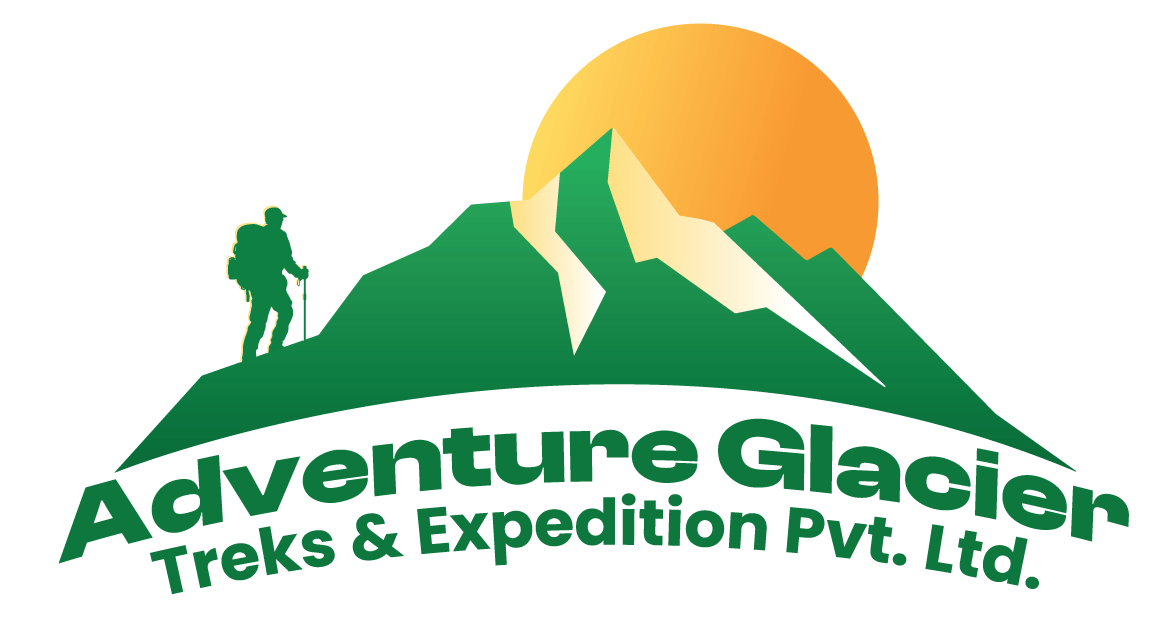Bhutan Travel Guide
Bhutan, the land of the peaceful thunder dragon. Bhutan lies squarely in the center of the Himalayas, amid the highest mountains on earth. A variety of fascinating scenery through out its many climate zone evoke a scene of peaceful grandeur. For a country the size of Bhutan 18,000 sq mi
Bhutan, the last paradise on the earth. Here are many opportunities to experience novelty in once guest for the unknown, reflects age-old religion, culture, arts & architecture in its golden peaks in the background of deep green valley and hillside. Bhutan exudes a special feeling of calm and serenity, which envelops one the very instant they set foot in the Kingdom. People are deeply religious following the Mahayana form of Buddhism. The air of spirituality is evident, even in the urban centers where the spinning of prayer wheels the murmur of mantras and the glow of butter lamps in the houses are still important features of everyday life. Monasteries, temples and religious monuments are doted across the landscape, bearing witness to the importance of Buddhism. Monks of all age are seen throughout Bhutan.
Bhutan is very rich with Himalayan flora and fauna. Nearly three quarters of the total area is covered by Jungle. Snow-capped peaks, lush valleys and unbelievably beautiful rural landscapes imprint themselves upon the mind forever. We heartily welcome you to join one of our tours to explore the country of Bhutan.
Visa Information about Bhutan
Valid passports and an entry visa are essential except Indian & Bangladeshi National. Travelers to Bhutan are permitted only as a member of a commercially organized tour group. This can be done directly or through a travel agent abroad.
Visa clearances are issued by the Ministry of Foreign Affairs in Thimpu and must be obtained before departing for Bhutan. At your port of entry your visa will be stamped in your passport on payment of US$ 20, you will also require two passport photos. Extension of visas, for up to 6 months, can be obtained in Thimpu at a cost of Nu. 510.
NOTE: Visas cannot be obtained at Bhutanese embassies.
Three copies of original passport size photograph are required on arrival. Visa fee is Us$ 50 and Us$ 10 as a tourism development must be paid on arrival. Visa can be further extended with an additional fee of Us$ 15. We can arrange visa .
Restricted entry: Entry into Bhutan from Assam of India, is not allowed. Tourists to Bhutan are obliged to use Druk Air (the only airline serving Bhutan) either on entering or leaving the country). Valid passport required by all. except nationals of India.
Note: There are two ways of entering Bhutan: by air to Paro Airport or by road to the Bhutanese border town of Phuntosholing. All travelers entering the country by road must ensure that they have the necessary documentation for transiting through that part of India to Phuntsholing.
Application to: Visa applications for all tourists processed by the travel/tour agent through the Tourism Authority of Bhutan (TAB). Only once the visa has been cleared can visitors travel to Bhutan. Visas are issued on arrival at Paro Airport or at Phuntsholing check post.
Working days required: Applications should be made 2 weeks in advance of the intended date of departure.
Places to see in Bhutan
Thimpu
The capital city of Thimphu lies in the broad fertile valley of the Wang Chu river at an altitude of 7,500 ft. Once a rustic village, Thimphu today has a population of over 34,000 people. At the entrance to the valley, seven kilometers from the capital, on a breezy hill top rises Simtokha Dzong, Bhutan’s most ancient fortress. Built by Shabdrung Ngawang Namgyal in 1627, it was the country’s first official centre of social and religious education. A striking example of the preservation of ancient skill in Bhutan is Tashichho Dzong (” Fortress of the Glorious Religion”), standing in the valley alongsile the river bank, surrounded by groves of fresh young willows and poplars and an ornamental garden of roses.
Another landmark that rises above the shingles and more recently constructed green-weathered roofs of Thimphu, is the gold topped Stupa built in memory of the Late King, Jigme Dorji Wangchuck, popularly known as the Father of modern Bhutan.
Punakha
The road from Simtokha winds into pine forests and through small villages for 20 kilometers and then opens miraculously onto the northern ridge of the mountains of the mountains. Dochula Pass at 10,500 feet gives one of the most spectacular views of the Himalayas.
Punakha Dzong is home to the Central Monk Body and the Je Khenpo (the spiritual leader) during the winter months. Punakha’s climate and warm temperature makes the valley one of the most fertile in Bhutan. Chime Lhakhang located on a hillock among the rice fields is picturesque and is a pilgrimage site for childless couples. The temple is associated with the famous saint Drukpa Kuenlay who has built a chorten on the site.
Punakha served as a capital of Bhutan till 1955. In spite of four catastrophic fires and an earthquake that destroyed many historical documents, Punakha Dzong houses sacred artifacts and the embalmed body of Shabdrung Ngawang Namgyel. The Dzong is one of the most spectacular dzongs in the country situated at the confluence of two rivers.
Paro
Paro Airport, the only airport in Bhutan is located in Paro. This valley is one of the most populated areas in the country. The valley contains a wealth of attractions and requires a few days to be properly explored. The elegant and perfectly symmetrical Rinpung Dzong looks after the religious and secular activities in the valley. Behind Rinpung Dzong, on a high hillside is the castle shaped Ta Dzong – a watch tower built in 1651 to defend Bhutan from Tibetan invasions. This Dzong houses the National Museum since 1967.
Eighteen kilometers from the town is the burnt ruins of Drugyel Dzong (victorious fortress) from where Tibetan invasions were repelled. On a clear day one can get a view of Mount Chhomolhari – the Mountain of Goddess (Alt 24,000ft). Paro is also a paradise for pilgrimages as it is the first stop of Guru Padma Sambhava also known as Guru Rimpoche on his crusade from Tibet to Bhutan in the 8th century. He is believed to have arrived on a back of a tigress and mediated at the Taktsang Monastery, now a hallowed shrine for Bhutanese pilgrims. A terrible fire in 1998 destroyed the medieval wall paintings and all the inner temples. The temple is now under reconstruction.
Bumthang
The valleys of Trongsa and Bumthang are separated by Yutola Pass (Alt 11,500ft) . Bumthang has an individuality that separates it from all other regions. Composed of four smaller valleys, the deeply spiritual region of Bumthang is shrouded in religious legend.
Apart from the Dzong at Jakar smaller monasteries are situated all over the valley. Tales of Guru Padma Sambhava dominate these holy shrines. The valley is home to the sacred Jampa and Kurjey monasteries. Bumthang is also the traditional home to the great Buddhist teacher Pema Lingpa to whom, the present monarchy traces it ancestral lineage. The town of Jakar is the largest between Thimphu in the west and Trashigang in the east. Jakar is famous for its honey, cheese, apples and apricots. Bumthang is also famous for yathra which is a unique material woven from coarse sheep wool, intricately designed and colored to form breathtaking patterns. Bumthang Tsechu (festival) along with the Paro and Thimphu Tsechu are the most popular festivals in Bhutan.
Wangdue Phodrang
This is the last town on the highway before entering Central Bhutan. Sitting on the top of a hill the formidable Dzong is the town’s most visible features. In the 17th century Wangdue played a critical role in unifying western, central and southern Bhutan. The town itself is little more than an enlarged village with well-provided shops and hotels.
The road from Wangdue to Trongsa is one of the prettiest in Bhutan passing streams, forests and villages before climbing the Pelela Pass on the Black Mountain ranges in to the Trongsa valley. South of the highway is the Gangtey Gompa an old monastery dating from the 17th century. A few kilometers past the Gompa is the village of Phobjikha – one of the winter homes of the Black Necked Cranes who migrate to Bhutan from Central Asia to pass the winters in lower climes.

